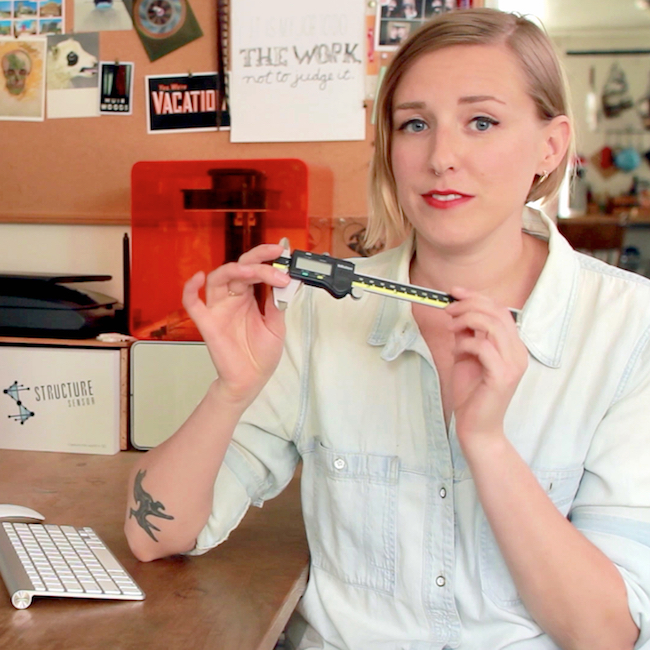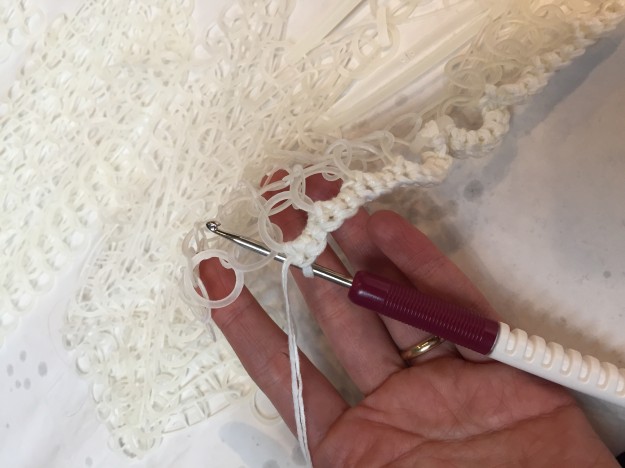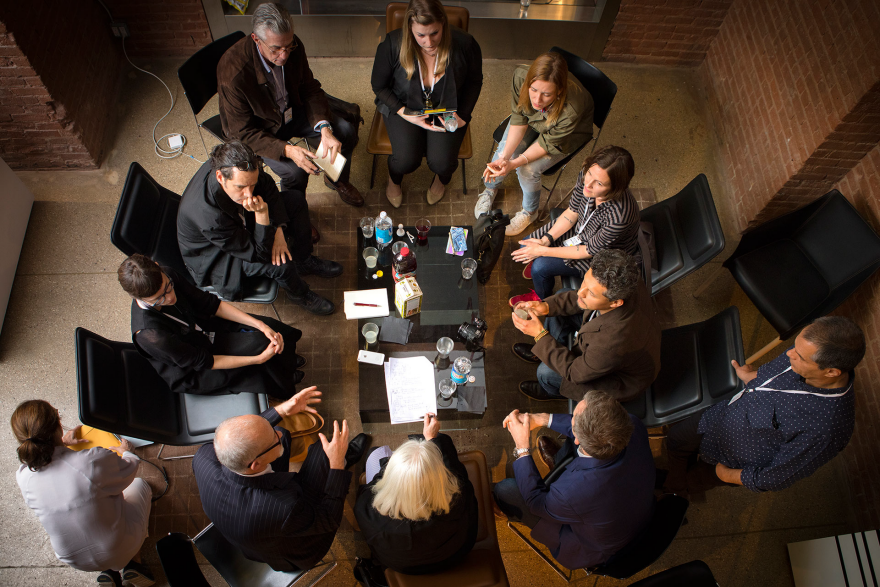
From creating her own IKEA furniture hacking kit plugin to collaborating on 3D printed lace dresses, Lauren been exploring uncommon (and pretty darn exciting) uses of 3D print that can make a serious impact on everyday life; most recently as Shapeways' Head of Education.
She talked to us about her own 3D journey and where she sees the 3D printing market headed.

What were you working on when you first realized how incredible 3D printing was?
I was in grad school working on a computer vision software system for utilizing 3D scanning in clothing sizing. It occurred to me that once we had all this elaborate sizing data, why wouldn’t we want to be able to produce clothing to exactly those specifications? From there I started investigating 3D printers and CNC knitting machines. I knew there was a “there” there but I also recognized that we have a long way to go before we’re printing clothes and other fully finished products. But I knew I wanted to contribute to that future.
You're developing an open source curriculum for 3D modeling, printing and digital entrepreneurship. What does the entrepreneurship part of that course cover?
The entrepreneurship segment of our course that we developed with the New York Public Library centers on developing a business plan for digitally manufactured goods. The ability to produce goods on-demand changes some of the dynamics of running a small design business such as managing inventory and creating things like collections. At the same time there are business skills like merchandising and pricing that still need to be applied, so we introduce those as well.
And finally, the opportunities for growing a business with the help of social media marketing are many, so we talk about strategies for doing that. The simplest advice is: Don’t try to do them all — find your audience and focus on reaching them on the channel they use the most, whether it’s Instagram, Snapchat, Twitch or something else.
3D printed lace-like plastic, created by design duo 'Ohne Titel' in collaboration with Shapeways
As head of education, what do you find to be the most common roadblock for someone learning to create 3D models?
The most common roadblock for someone learning from scratch is actually about focusing. There are so many softwares to try, materials to design for, and directions in which you can decide to move that I often ask people to think about what they really want to make. Having that final vision of a pair of earrings or a tabletop avatar will guide your design decisions and give you the motivation to power through when you’re first learning.
The other sticking point is that many people hold off on making their first print from their design file until it’s “perfect,” when really the best thing you can do is get a rough idea at a small scale and then test it. You’ll learn so much from that first test print, and you will need to make improvements, even to that “perfect” design.
What types of products typically sell well on the Shapeways shop? Are there any niches that haven't been filled yet that could use some love?
The Shapeways marketplace has become a popular destination for tabletop gamers, RC aficionados, miniature train enthusiasts, cosplayers, and people who are looking to support independent designers as a whole. We're really excited to continue spreading the word about the Shapeways marketplace so that more and more people begin to recognize it as somewhere they can buy products they wouldn't be able to find elsewhere — whether for their hobby or a new jewelry statement piece.
Lauren at WantedDesign's School Workshop where young designers collaborate to create multifunctional design using new technologies
I see some awesome Portal and Team Fortress 2 models on Shapeways. How did you come to partner with Valve?
We knew that many members of the Shapeways community were also huge fans of Valve and its games. Valve was excited to find a way to give its fans a way to create and sell new 3D printable objects, so we started discussing how we could make it possible. Fortunately Valve was willing to try something new and let its community experiment. I think it is fair to say that everyone — Shapeways, Valve, and our respective communities — are pleased with the system we developed.
With 3D modeling and printing becoming so accessible, have you seen the market demand for professional 3D artists increase or decrease?
We’ve definitely seen it increase not the least because people are more aware of the ability to 3D print things. Many people end up hiring a professional designer because what they want to make could possibly take years of learning. And not everyone has the time or skill to get to that point. 3D design for printing is absolutely a growing career opportunity.
What's the weirdest or most creative use of 3D printing that you've seen so far?
We just awarded a Shapeways Education Grant to a student researching coral growth in the Gulf of Mexico. Apparently coral are very picky about the shapes of things on which to like to grow. This student is researching this by 3D scanning coral branches, then planting test 3D printed branches to see which shapes will support long-term growth, with the hopes of reviving declining coral populations.


